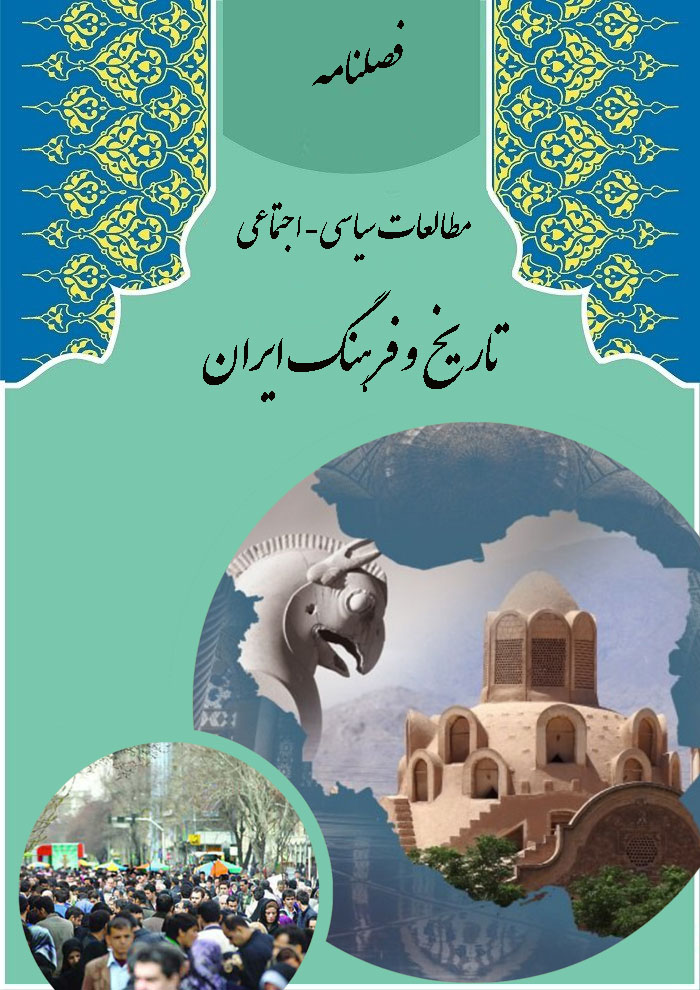The Reciprocal Relationship Between Muslims and Zoroastrians During the Rashidun Caliphate
Keywords:
Reciprocal relationship, Muslims, Zoroastrians, Rashidun CaliphsAbstract
The advent of Islam in Iran intensified certain intellectual and practical tensions among Iranians. In this period, the Zoroastrian religion was influenced by Islam, and reciprocally, it impacted Iranian Islamic forms such as Sufism and the Shia creed in ways that are clearly observable. The shift from Zoroastrianism to Islam meant accepting aspects of beliefs, behaviors, habits, and tastes that distinguished both Arab and Iranian Muslims from others. In this article, we aim to elucidate the religious situation of Zoroastrians in Iran after Islam during the era of the first four caliphs through a descriptive-analytical method. We intend to describe the position of Zoroastrians in the society of these four caliphs by discussing the limitations and constraints they faced on one hand, and the efforts and actions that enabled them to enjoy certain rights and privileges on the other. Furthermore, we will detail the internal affairs of Zoroastrians and the impacts of these two religions on one another, and examine how they interacted within the Muslim society. Analyzing these interactions, which can be from social, political, economic, and religious perspectives, will undoubtedly play a significant role in providing a clearer picture of the socio-cultural history of the early centuries of the Islamic era in Iran. Therefore, this research could pave the way for better understanding the interactions between the two communities - Zoroastrian and Muslim - and enhance our knowledge about the connection between religions and their mutual impacts.

















